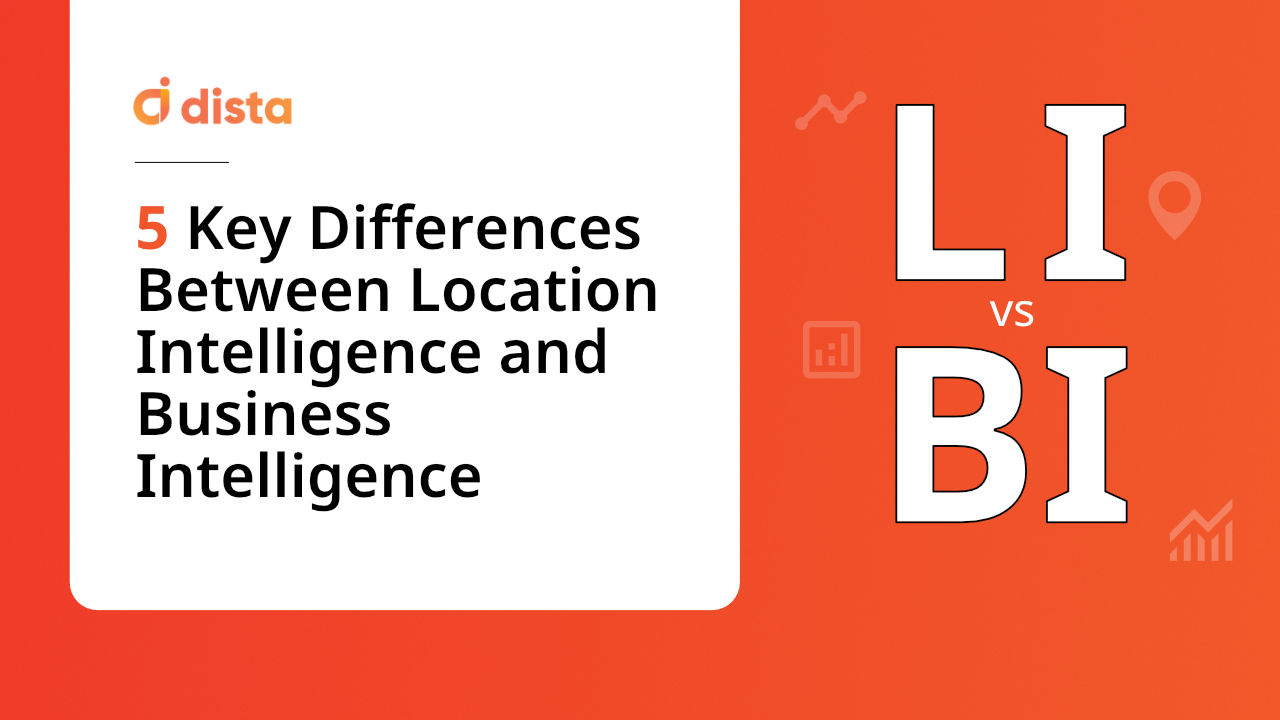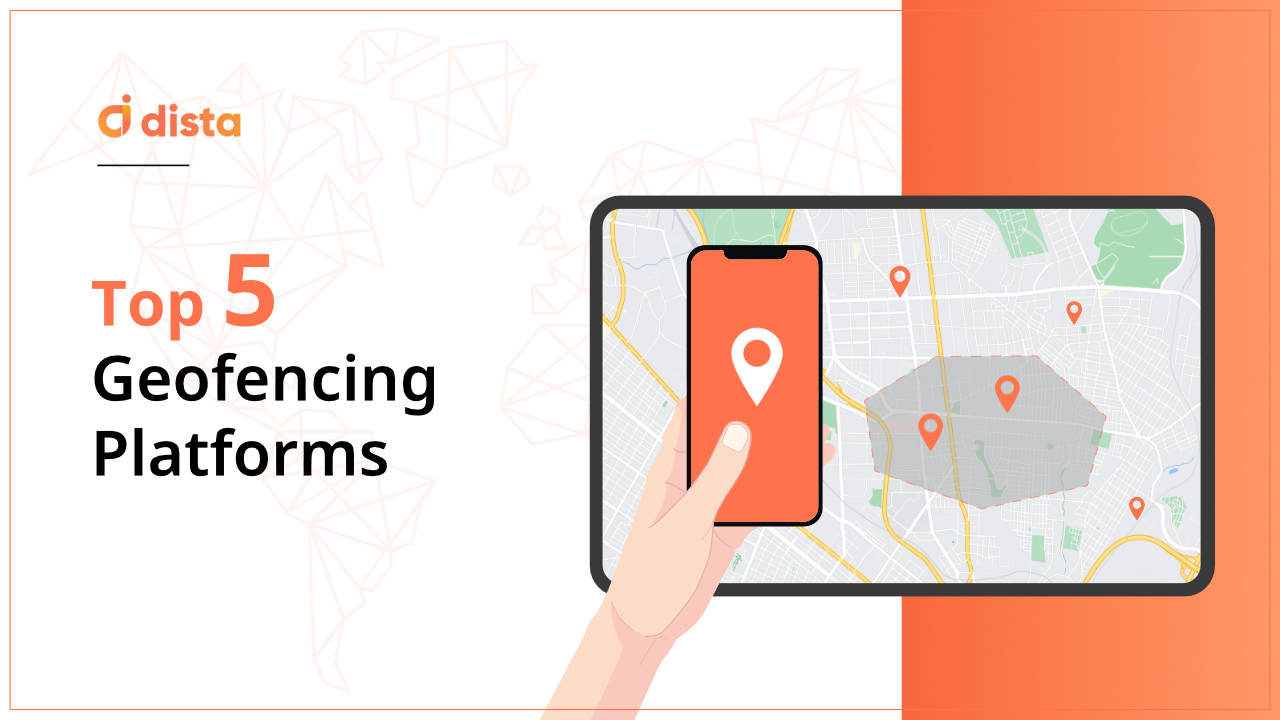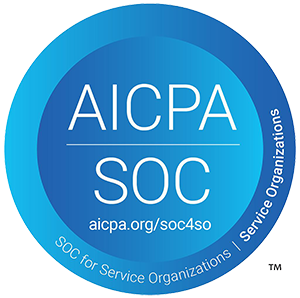Prior to the COVID-19 pandemic, there was a shift in the labor landscape, and the gig economy started blooming owing to robust technology infrastructure and rising work-tech platforms. However, the gig economy exploded overnight post the pandemic. It is further strengthening its foothold and is expected to impact individuals and employers in the upcoming years. A Statista report says, more than half of the U.S. workforce is likely to participate in the gig economy by 2027.
The field service industry consists of a blended workforce of employees and third-party workers that leverages the gig economy model to its advantage. B2C enterprises engaging in services like food delivery, doorstep banking, biosample pick up, ride-hailing, repair and maintenance, etc., heavily rely on field service management software.
Let’s learn more about the gig economy and how it impacts the field service industry.
What Is Gig Economy?
The gig economy is a workforce environment where enterprises hire independent contractors and part-time workers instead of full-time employees. It is a diverse and free market where companies and workers agree to work on short-term projects and tasks.
Importance Of Field Service Management In the Gig Economy
There has been a significant increase in the demand for instant delivery and 24/7 service, especially post COVID-19. Today, customers expect a faster response time and quicker resolution to their service requests. A field service organization leveraging on-demand and skilled resources can meet these expectations and improve its Service Level Agreements (SLAs).
Bigger organizations typically have a large field force across geographies to cater to high service requests and meet competitive SLAs. Maintaining top-level customer service can also lead to overhiring and an increase in costs. In the gig economy, instead of having access to talent in your geographic area, organizations have easy access to skilled and service labor across the globe.
Organizations can maintain higher SLA adherence and satisfy customer demands by leveraging the gig economy model. They can hire local field resources to address a service request via the pay-per-task support model. This saves the overhead of full-time employees and simplifies the process of offering faster and better, thereby improving the customer experience.
Deploying the Right Field Service Management Technologies
Adopting the gig economy model is not enough, as organizations must embrace intelligent platforms with high-end AI/ML-based systems to manage and streamline their field force. With a robust field service management (FSM) system like Dista Service, enterprises can track, monitor, and manage gig workers and improve their daily operational efficiency.
Here are a few key aspects where field service automation software comes in handy.
1) Work order management
FSM system helps create, manage, and track work orders seamlessly. It offers a timeline view for the supervisors to monitor all jobs in one place.
2) Resource planning and management
Managers can utilize their service technicians optimally and improve resource planning to offer the best customer service. A field service management platform auto allocates jobs to the right gig worker depending on parameters like skillset, priority, availability, etc.
3) Reports and dashboards
The software provides deep insights and advanced analytics into the daily operations with detailed, in-depth, contextual, and relevant reports that help in informed business decisions.
4) Communication and guidance
Empower your gig workers with a dedicated mobile app with knowledge articles about multiple tasks and access to videos and documents to improve the turnaround time (TAT).
Final Thoughts
The gig economy is gaining traction and is expected to impact individuals and employers for many years. It is undoubtedly a crucial player in the future of field services. Are you looking for a system to manage your field force? Get in touch with us for a quick demo.












